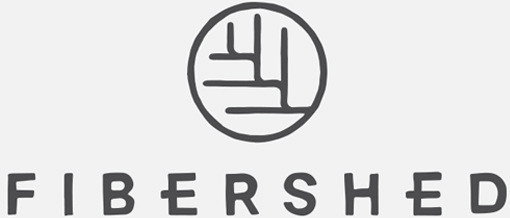Written by May Reid-Marr and photographed by Alycia Lang
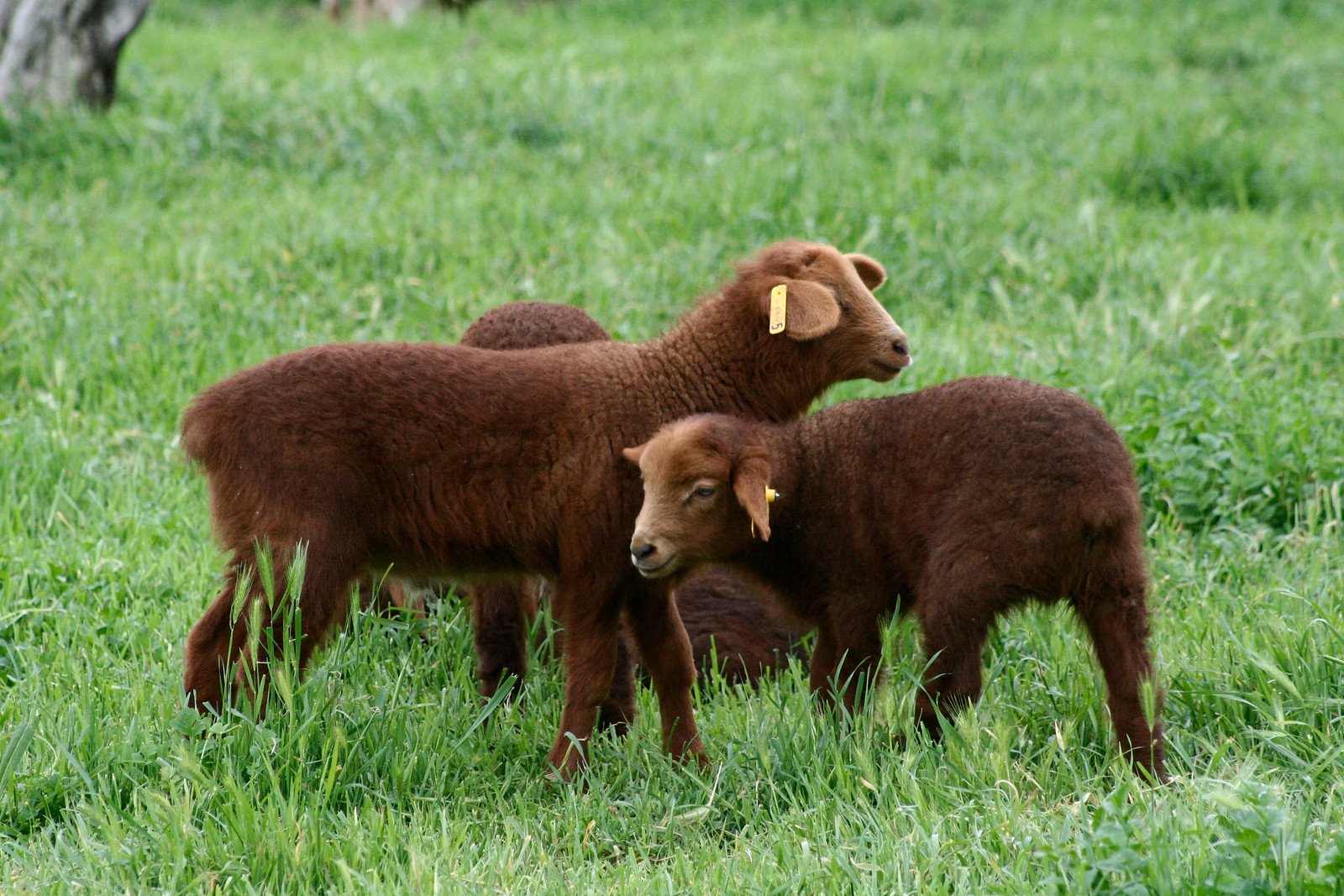
Alexis and Gillies Robertson, the team behind Skyelark Ranch, both come from environmental conservation backgrounds. Their interest in, and commitment to, sustainable agriculture is born of this background, and it is present in every aspect of how they manage the 120 acres that make up the ranch. 120 acres is a lot of agriculture to cover and maintain from things such as unwanted weeds. Chemicals such as herbicides can be used to kill unwanted plants. There are so many different types of herbicides used in agriculture that you must do your research first to find the best one to use for this amount of land. The most important thing is that the animals on your land remain safe from whichever type of herbicide you decide to use. That’s why they are interested in agriculture and ecology as complementary to one another, rather than in opposition to one another. As Alexis puts it, their aim in farming is to maintain “a really light touch on the ground.”
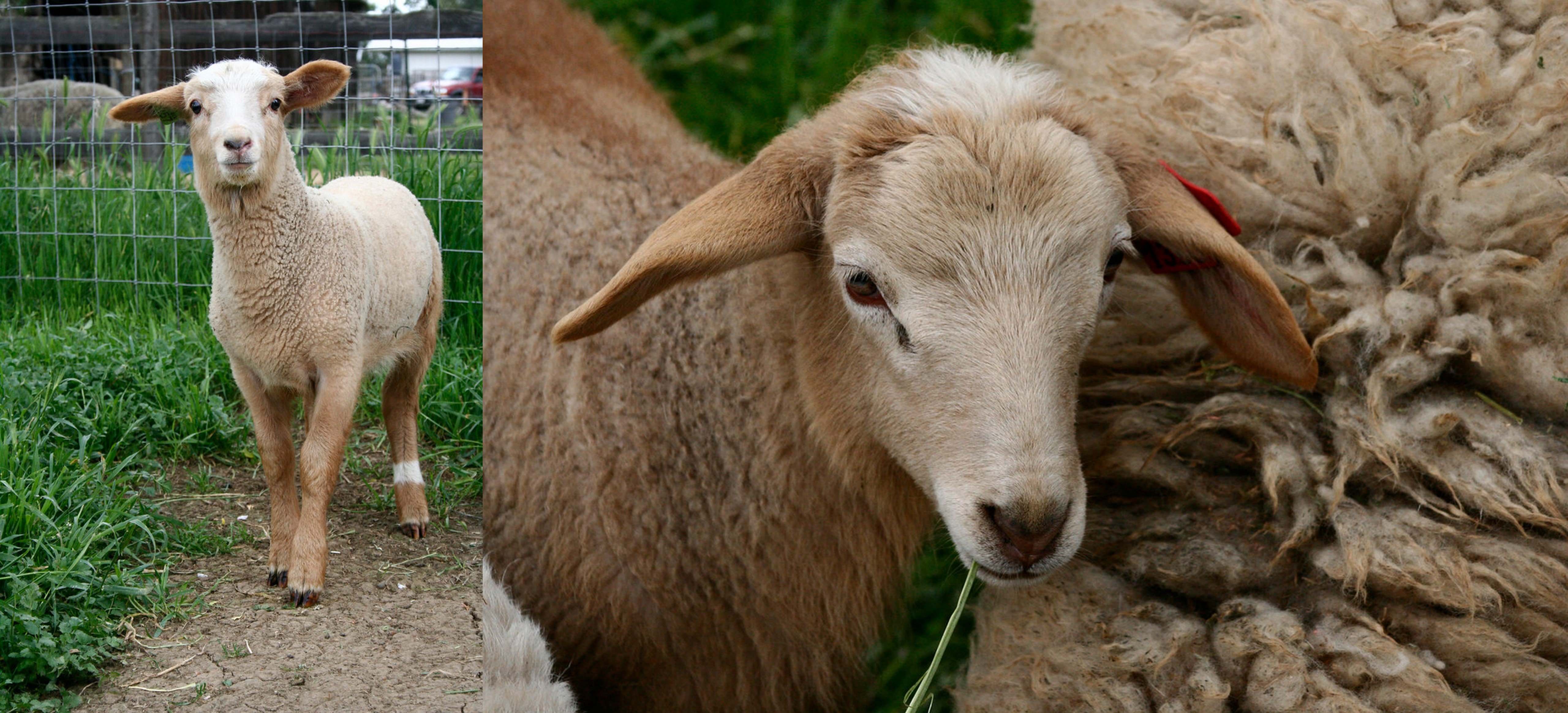
Alexis studied environmental conservation at University of California, Santa Cruz, and part of the program there took place at UCSC’s Center For Agroecology and Sustainable Food Systems. It was here that she originally became interested is sustainable agriculture. Gillies, originally from Scotland, is a biologist by training.
The two met not in the US and not in Scotland but in Tasmania, Australia. Both had arrived there with an interest in agriculture. They did some farming there together, and eventually moved to the US. In an effort to expand their scope of agricultural knowledge, they continued doing internships on various farms in California. Gillies did one particular internship on a carrot farm during a very rainy January. Digging carrots eight hours a day, day after day, in the pouring rain was enough to put him off vegetables altogether. Alexis and Gillies, concluding that they “are more animal people anyway”, then focused their efforts on learning about animal husbandry.
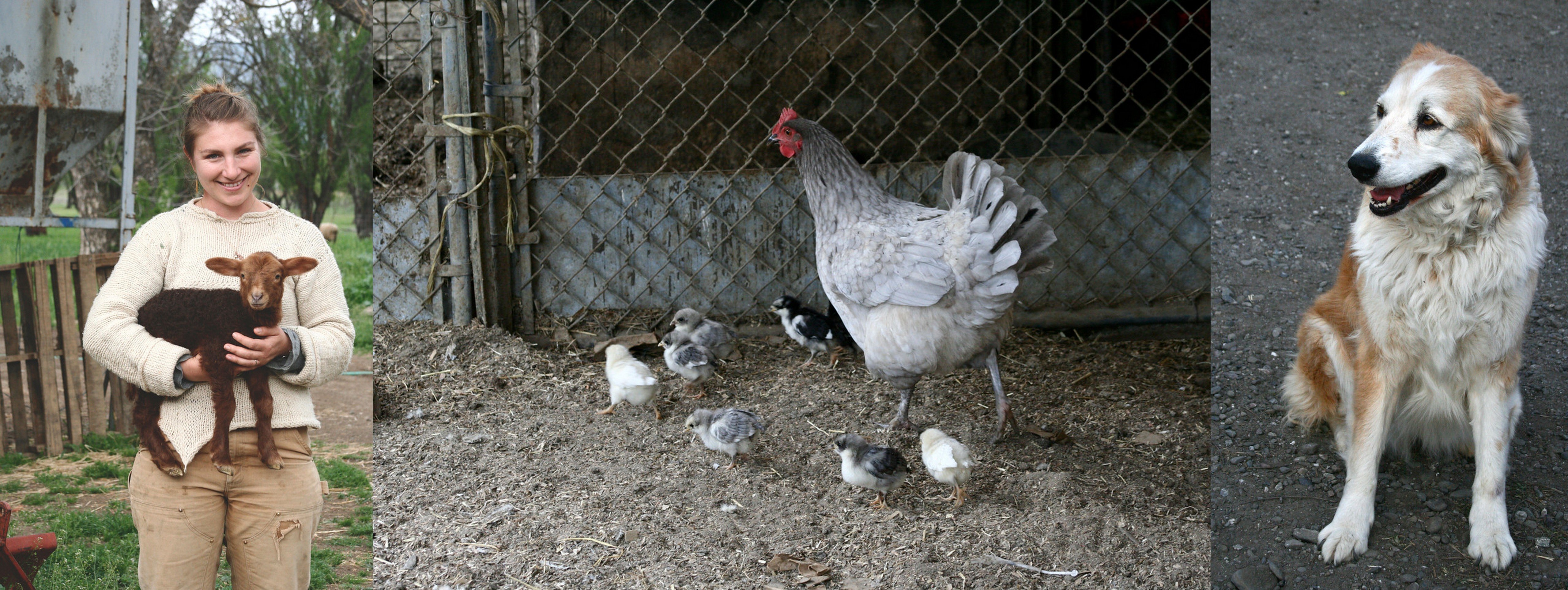
They did some animal-related internships in Butte county, and eventually began looking for land of their own. Working with California Farmlink, they found their current spot in the Capay Valley. That was now six years ago.
Over that period, they have worked incredibly hard to grow their farm operation. Raising California Red sheep and Dorper Sheep, heritage Berkshire Pigs, along with ducks, broiler chickens and laying hens, they have plenty to do. They have both held jobs off the farm over that time period, and Alexis got a masters in Soil Science from University of California at Davis. Both are now full time on the farm. They run Skyelark Ranch on their own, with growing help from their daughter, Isla.
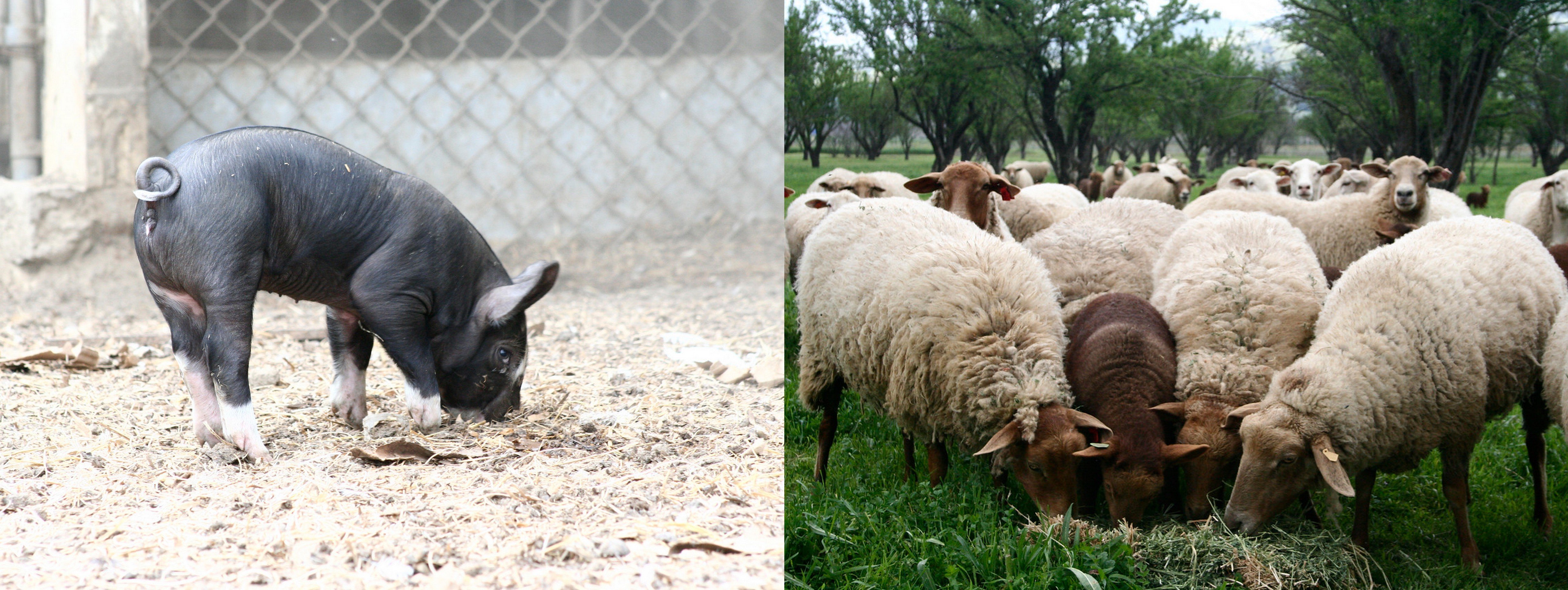
On the home ranch of sixty acres, they have an old almond orchard, which is no longer producing at a volume that makes it worth harvesting, but provides excellent shade for the animals in Capay Valley’s hot summers. The pigs will eat whatever fallen nuts the squirrels don’t get, and the sheep will snack on the leaves. They trade neighbors meat for the use of adjacent land, which allows them another sixty acres for grazing their sheep.
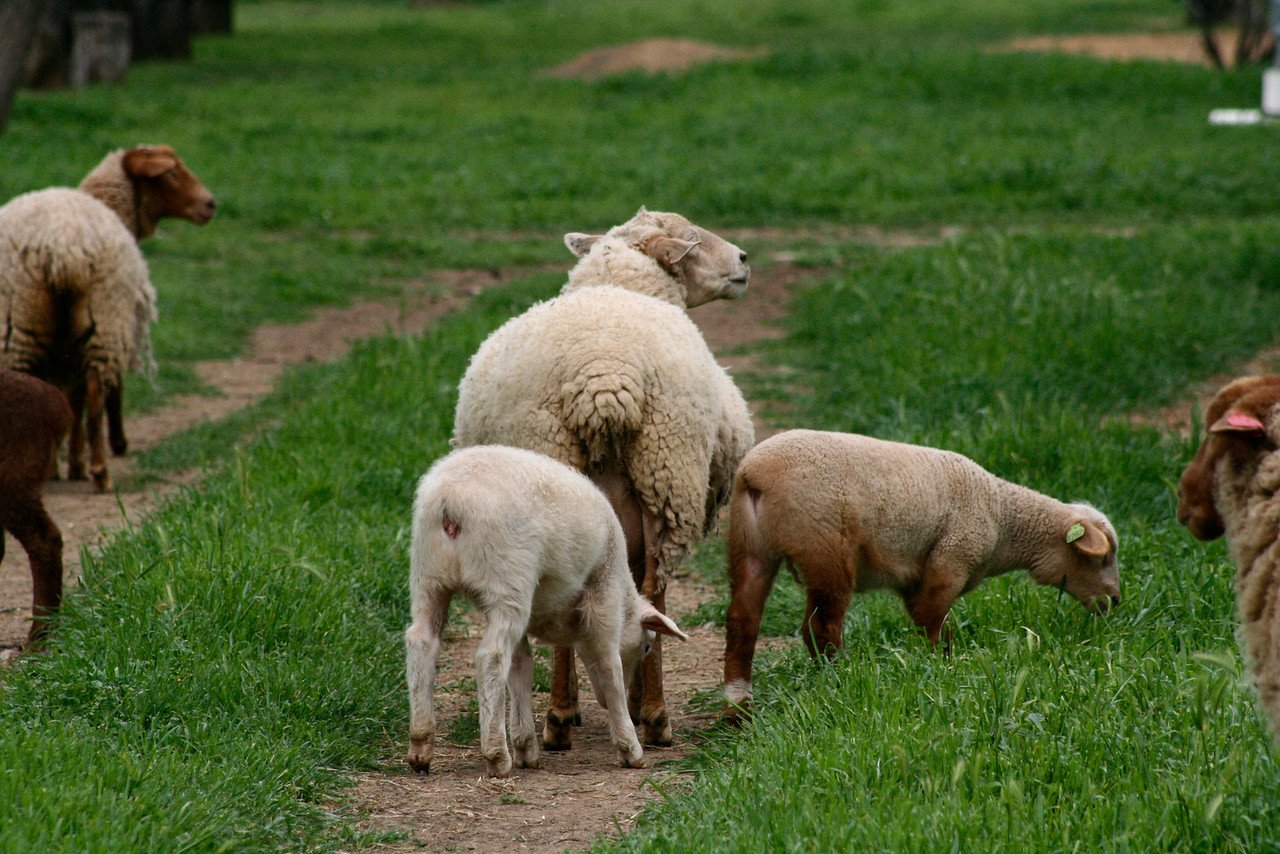
They practice agriculture as a tool of ecology, largely through their rigorous pasture management practices. Managing vegetation carefully is paramount – both to reduce vulnerability to fire, and to reduce the negative impacts of invasive species such as star thistle. As well as benefiting the ecological health of their land, these practices also result in more robust forage for the animals.
Alexis and Gillies think of their animals as a landscape management tool. Experimenting with the best way in which their animals and their land can interact with one another is the part of farming they most enjoy. They will try a particular rotation, duration or density, to see how it plays out, and then try another thing the next time around. It is an iterative approach to livestock and land management that allows them to reach an optimal ecological health concurrent with healthy and productive animals.
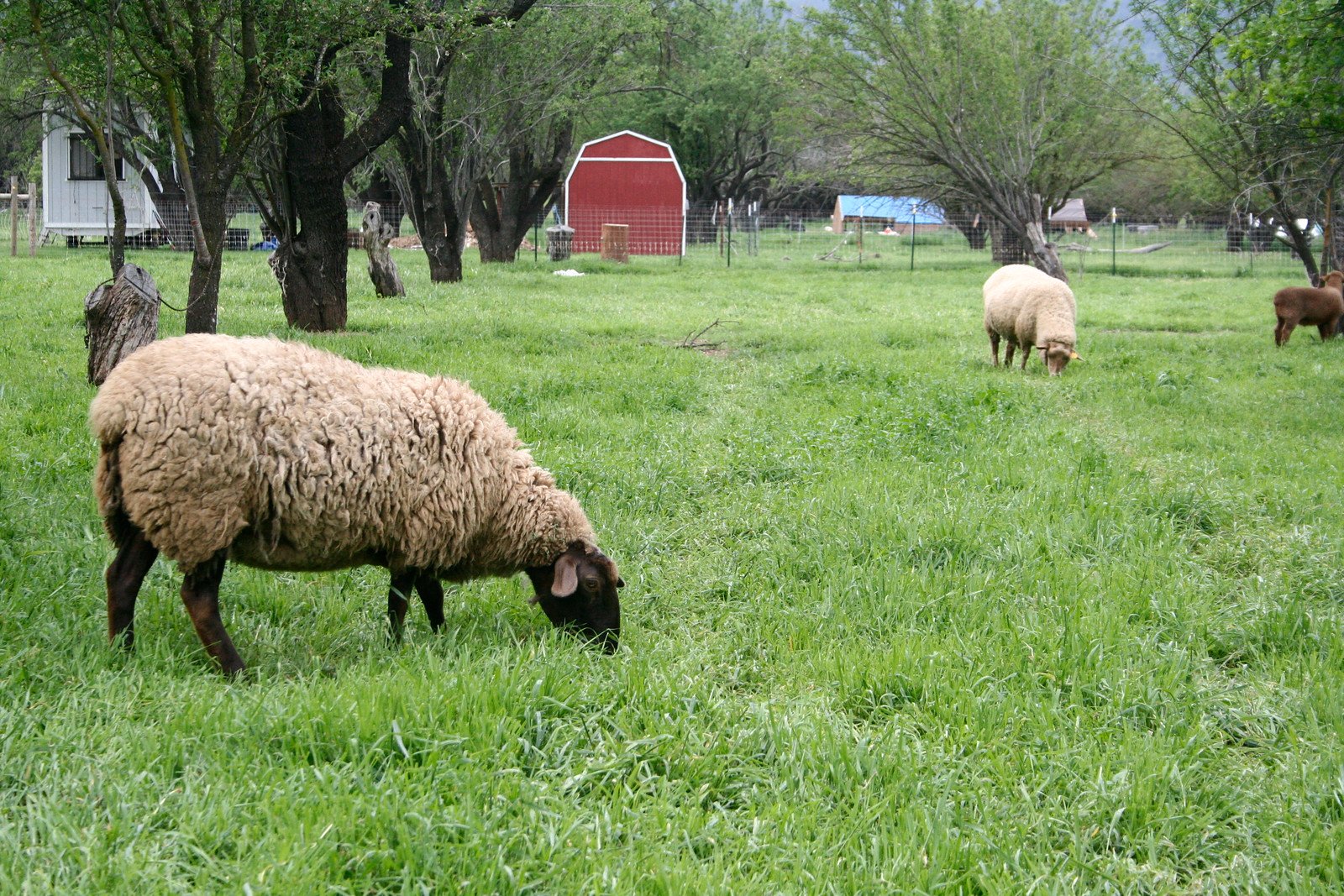
Their careful management of pasture is especially important as they do not irrigate, and rely on the pasture to sustain their animals while there is grass, and to make hay from for the dry autumn months. This management technique, without irrigation, also results in healthy sheep who seldom need to be wormed.
They organize their rotations in such a way that the sheep are nearer the house during lambing season, which allows them to keep on eye on the ewes, and bring them into the barn for a few days after lambing, just to make sure everything is going as it should.
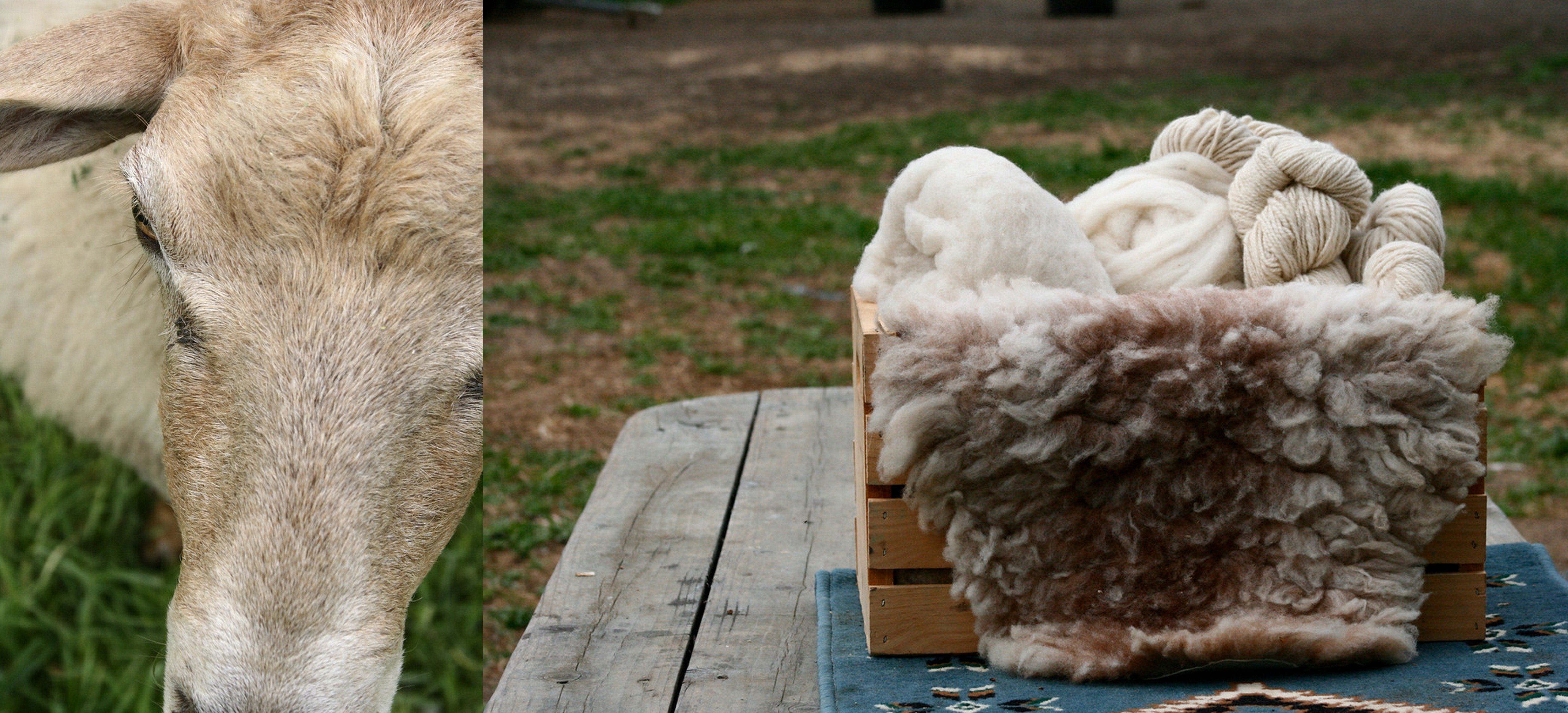
Gillies and Alexis team up to do the yearly shearing. Although they once had the Yolo Wool Mill very nearby, they are now looking for other mills to wash, card, and spin their wool.
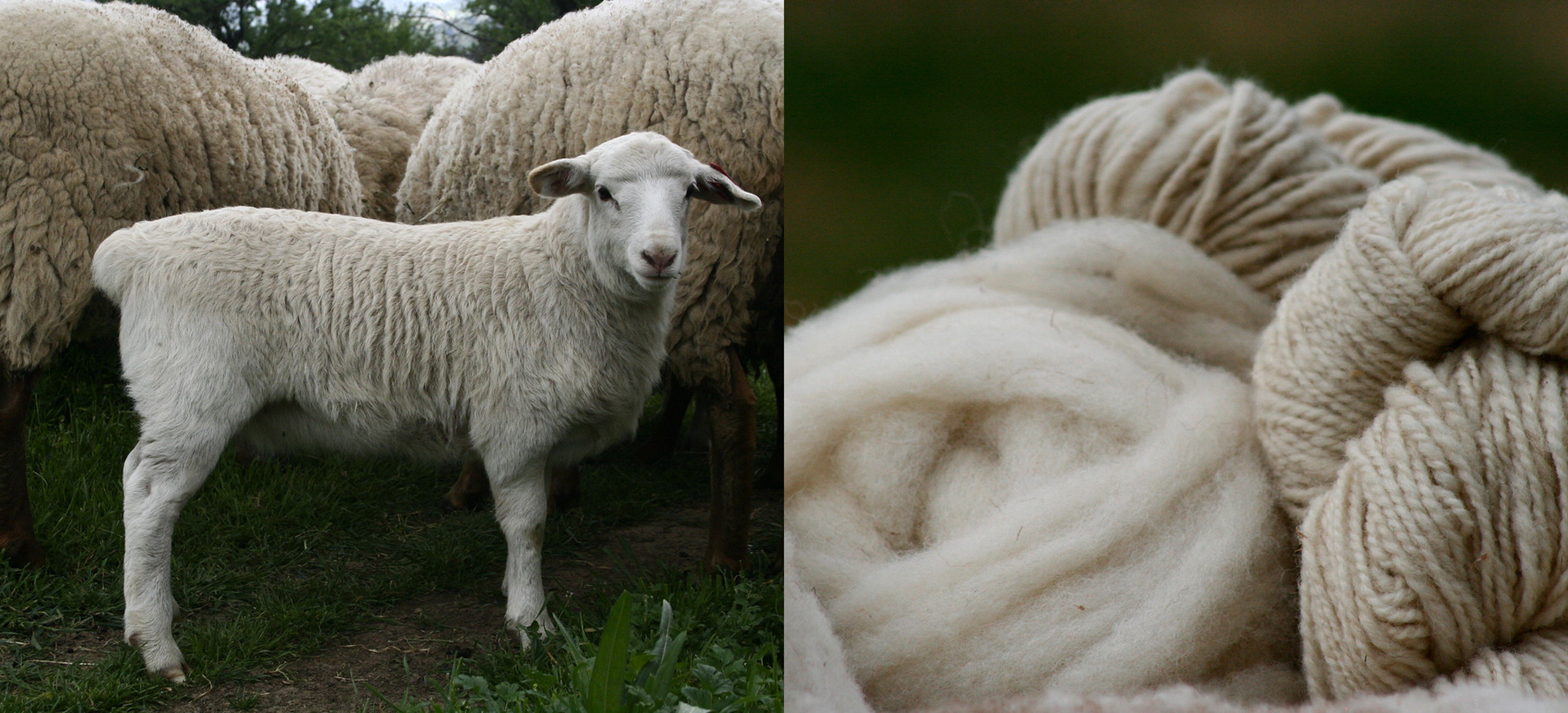
Because their current capacity to sell the wool is limited, they get processed only an amount they can sell. This is disappointing not only because it prevents them from selling all that they work so hard to produce, but also because it prevents their customers from understanding fully the intertwined systems of meat production and wool production. It is that conversation, between their customers and themselves, between the different types of production on the farm, between farming and ecology, that motivates them to continue practicing agriculture in the way that they do.
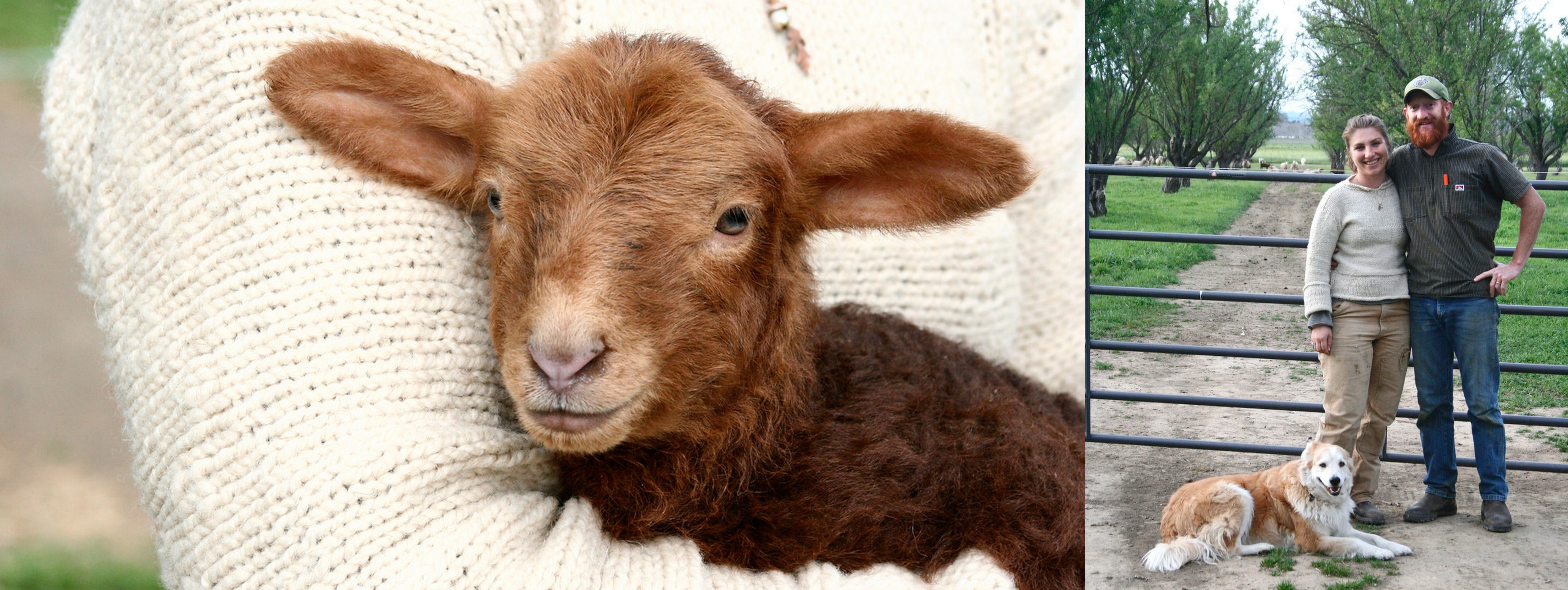
To learn more about Skyelark Ranch, visit their website www.skyelarkranch.com and Instagram account @skyelarkranch
